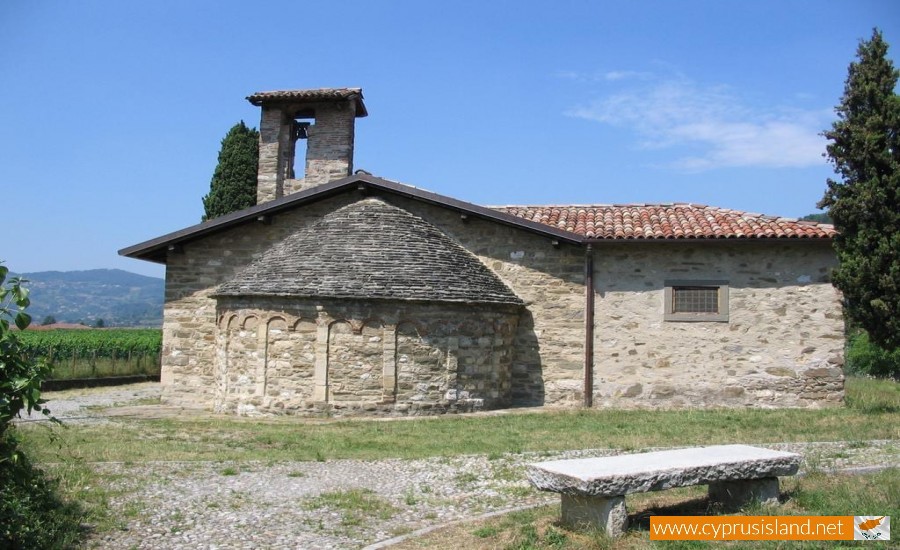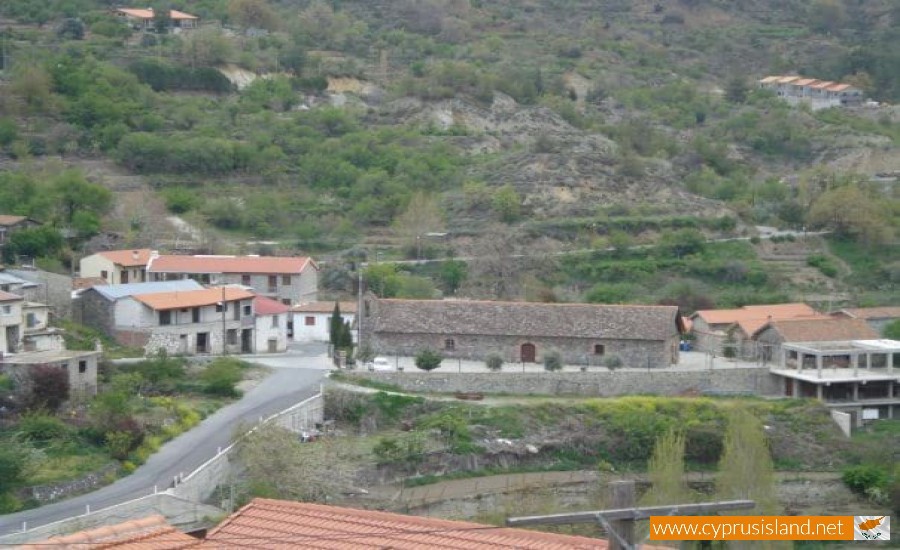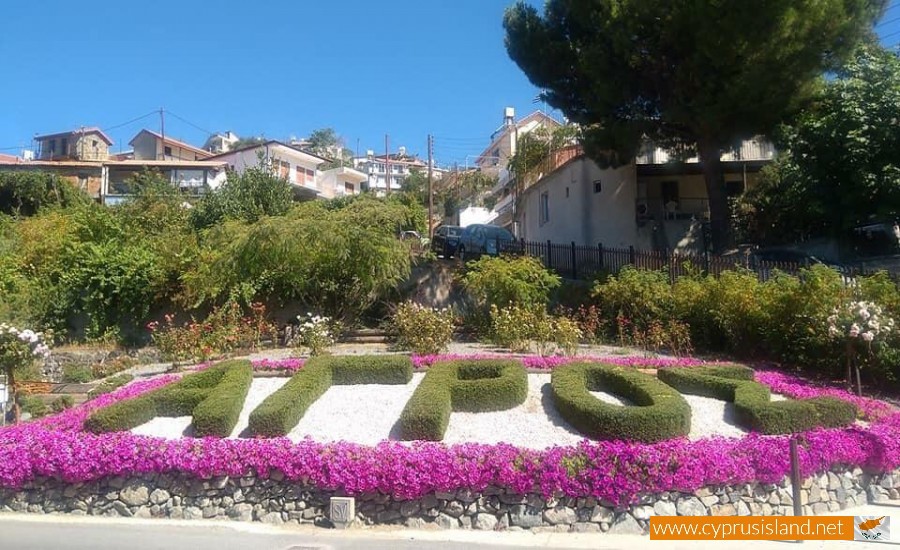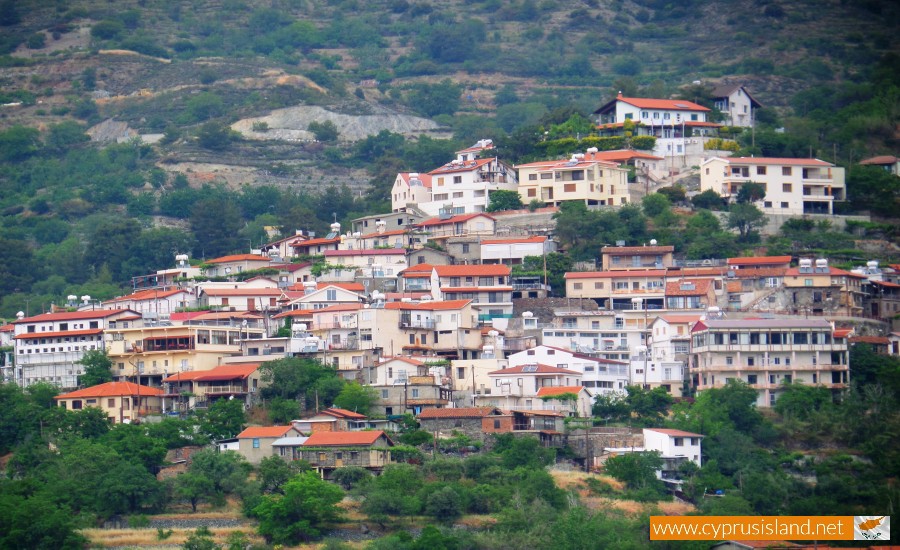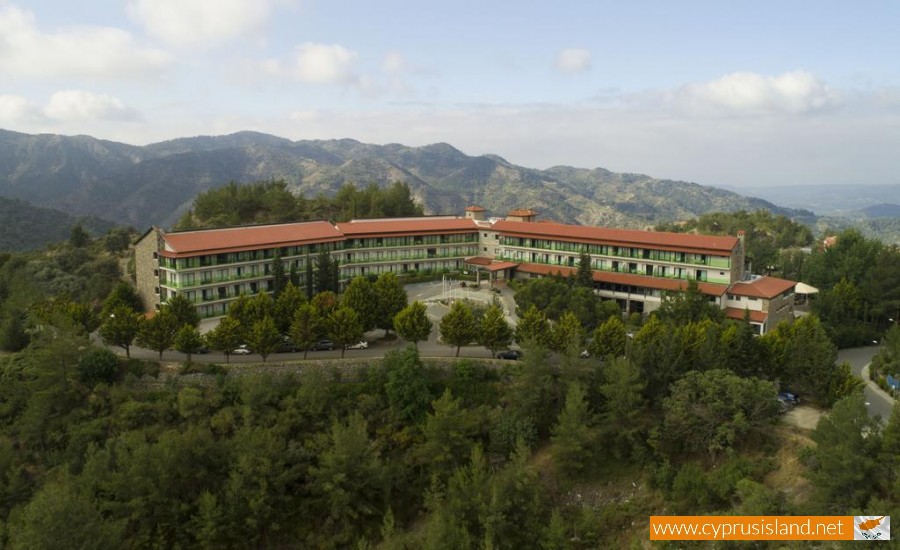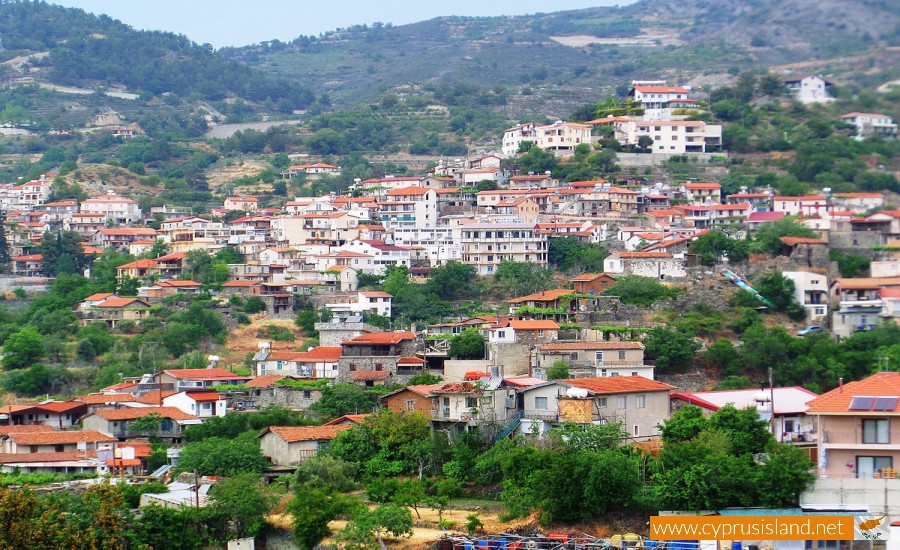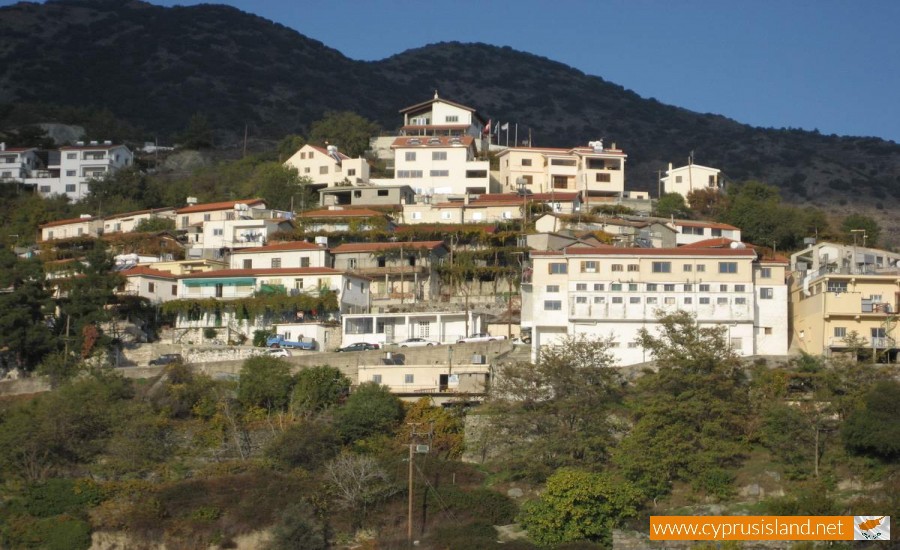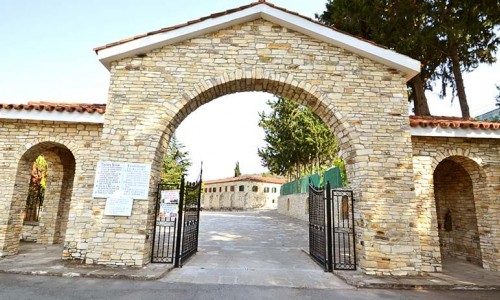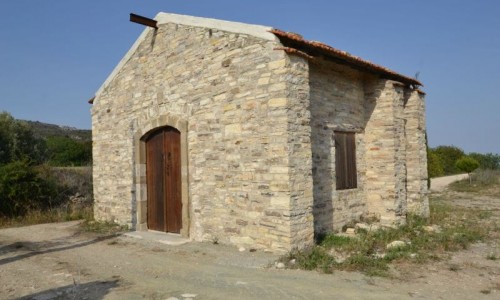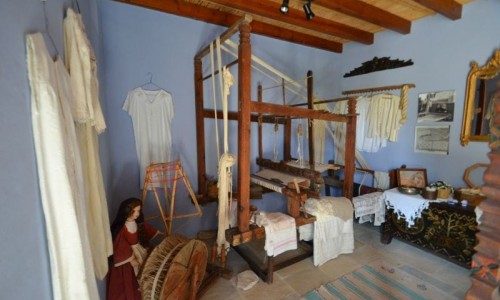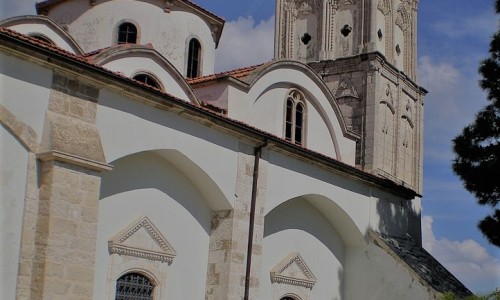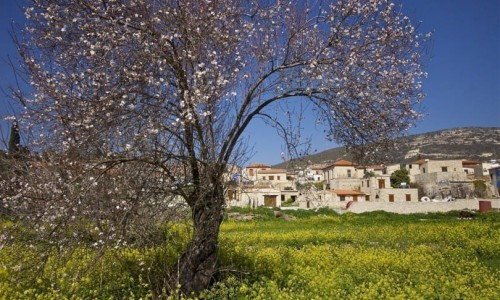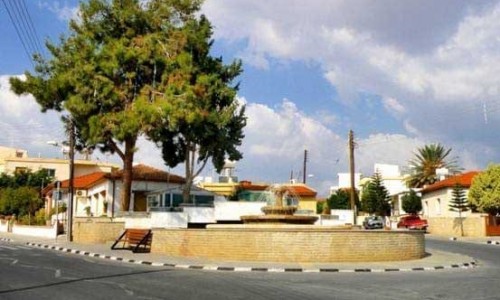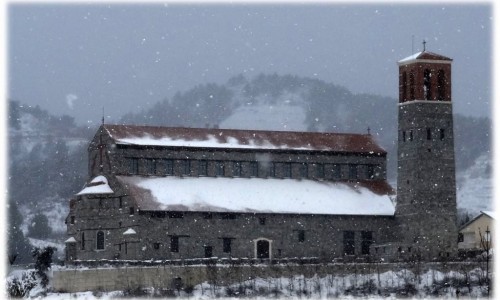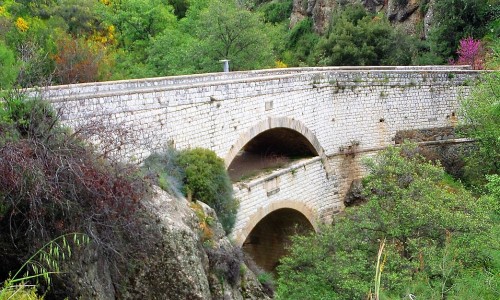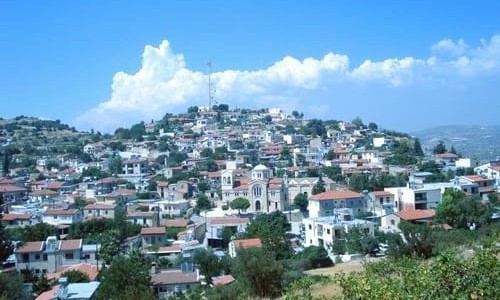Agros
Agros is located in the Limassol district in Cyprus and it is built amphitheatrically between tall mountains and is situated at an altitude of 1100 metres.
The village is situated about 45 minutes away from the cities of Nicosia and Limassol, about 20 minutes from the Troodos Mountains and about 80 minutes from the airports of Paphos and Larnaca.
Agros, borders with the villages of Agios Ioanni to the south, with Kato Mylos to the southwest, with Potamitissa to the west, with Agridia to the northwest, with Polystypos to the north and with Alona and Agio Theodoro to the east.
The villages of Agros and the regional are of Pitislia is a real treasure with historical, cultural areas with specially formed nature trails for people who love nature and seek something different. Nature lovers are given the opportunity to walk, to study nature as well as the fauna and flora. Visitors with particular interests can hike, mountain climb and study the historical and cultural areas of traditional folk architecture as well as the way of life in the village.
The village is well known for its rose water industry, as well as its local products. Agros maintains the traditional character and has special natural beauty, as well as rich historical and cultural areas. It preserves its customs and its traditions. With the modern motorways it forms a hub between the Nicosia – Limassol districts along with Troodos.
Moreover, Agros received its name from the Great Agros Monastery which was built in the area where today’s Virgin Mary chapel is built. The great iconoclast and abbot of the Virgin Mary Eleousa Monastery, who was called the “Saint Theophanis of the Great Agros” had been condemned and chased while coming from Asia Minor. He was then banished to Samothrace where he died in 817.
Because the abbot denied signing the emperor’s decree he was condemned. According to tradition, the monks which stayed with him in the same monastery in Asia Minor, decided to come to Cyprus after his death. For a certain amount of time they lived in a village in the Agros area. Later on, they built a new monastery and they named it the same name as the original monastery which was “The Great Agros Monastery”.
In 817 they brought the icon of the Virgin Mary Eleousa to the monastery. As the monastery was full with monks, it operated normally. Later on between the 16th and 17th century, a great cholera epidemic fell upon Cyprus, and the 2/3 of the residents died. The residents built their houses outside the monastery, under the roof of the Virgin Mary. That is how the Agros village was created. The monastery operated as normal until 1830.
Later as the monastery did not accommodate monks any more the metropolis began to rent the rooms and they started to take advantage of the monastery. This tactic continued until 1880. It must be noted that during the Turkish occupation the residents gave their land to the monastery in order to avoid the taxes which were imposed upon them. At some point the residents rebelled and wanted revenge.
One of the residents had suggested that if the monastery was demolished, then the metropolis wouldn’t have any rights. That way in 1894 they demolished the monastery. When the minister went to the monastery he was surprised. This wasn’t accepted by the metropolis which resulted in placing fines to the residents.
According to the inventories that took place in Cyprus, the population of the village between 1881 until 1960 increased. After 1960 some increases and decreases occured. According to the last inventory in 2011 the village had a population of 806 residents.
The village of Agros has many churches in it as well as nearby. The main church is the Panagia Eleousa church which was completed in 1909 in the area in which the Monastery of Great Agros used to be. The Church of Timiou Prodromou is located east of the village and was built in 1860. The Church of Agiou Gerasimou is located northeast of the village and was completed in 2008. The Church of Agia Kyriaki is located 5 kilometres northeast of the village and was built between 1992 and 1993.
Apart from churches the village also has two museums. The first one is the Museum of Frangoulidi operated in 2004, in honour of Solon Frangoulidi, one of the most important art representatives, and at the same time one of the most important pioneer artists and hagiographers in Cyprus. He stayed in the village during the period of 1932-1934. The second museum is The Olive-mill of the Church of Agios Ioannis Prodromos. The olive mill, press, mill stones and other tools are on display in the museum.
Today , the village has a child-minders station, a nursery, primary, gymnasium, lyceum, agriculture training centre, police station, post office, health centre banks, supermarket, football field, indoor basketball court, three parks and a regional theatre. The main produce of the village is grapes, garden products, excellent quality fruit, soutzouko, traditional types of meat (sausages, lountza, chiromeri), traditional spoon sweets and jams. Its residents also engage in tourism (one and three star hotels, tourist apartments, guest rooms, traditional cafes, taverns and entertainment centres).
Contact: | Agros Community Board |
Address: | 30 Agrou Avenue , 4860 Agros Limassol |
Telephone: | 357 25521333 |
Fax: | 357 25522144 |
Email: |


